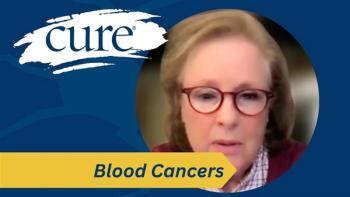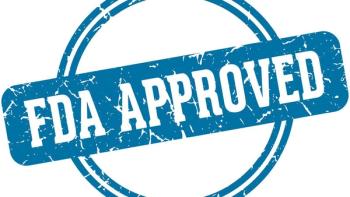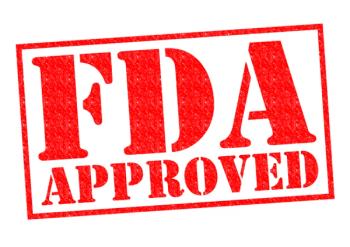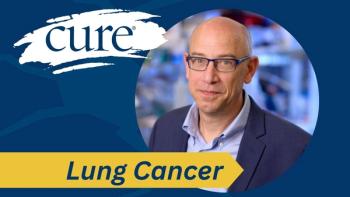
EPA Deregulation Means More Air Pollution and More Cancer Deaths
Key Takeaways
- Air pollution, a Class 1 carcinogen, is linked to 14% of global lung cancer deaths and affects prognosis and treatment outcomes.
- EPA regulatory rollbacks threaten public health by potentially increasing air pollution, exacerbating cancer incidence and mortality.
Recently, the American Lung Association released the 2025 “State of the Air” report.
Recently, the American Lung Association released the 2025 “State of the Air” report, which shows that more people in more places across the United States are experiencing unhealthy levels of air pollution. This report comes out at a time when the U.S. Environmental Protection Agency (EPA) is making plans to roll back critical healthy air rules and granting pollution exemptions to power plants.
I am an oncologist and chair of the Steering Committee for Oncologists United for Climate and Health, and I can tell you that dismantling the EPA will result in more people hearing that they are diagnosed with cancer.
You may think that EPA cuts might not impact you, but they will. EPA is responsible for ensuring we all have clean air to breathe (and clean water to drink, among other critical things). These cuts will not only cause asthma, heart disease, etc., but will also increase the number of people who get cancer, and affect their outcomes and care.
There are a few stories that have remained with me throughout my career. I recall a young mother who had never smoked yet was diagnosed with non-small cell lung cancer at age 35. She was a physician, a mother of two, and a long-distance runner, and died of metastatic lung cancer about two years after her diagnosis. I remember another patient lung cancer– a 32-year-old emergency room nurse with no risk factors, raising two teenage daughters. She was divorced, and desperately worried about what would happen to her daughters when she was gone. Both women were “lucky” in that they survived long enough to see their children graduate high school, but they should have had decades left with their kids.
While we will never know why these two particular women developed lung cancer, we do know that the incidence of lung cancer in women who never smoked is on the rise. Lung cancer is the leading cause of death in the United States, responsible for about 125,00 deaths each year. accounting for nearly one quarter of annual cancer deaths in the country. Even with the many newer, more effective treatments that have recently become available, the five-year survival rate of patients diagnosed with metastatic lung disease is only 6%. Most people know that smoking tobacco is the number one risk factor for lung cancer, but many people are unaware of the environmental factors that can contribute to lung cancer — such as air pollution.
Air pollution is a Class 1 carcinogen, as rated by the International Agency for Research on Cancer (IARC), and one cancer we know for certain that it causes is lung cancer. Air pollution is responsible for about 14% of all lung cancer deaths worldwide and it can significantly affect the prognosis and treatment of lung cancer patients. It contains very small particles which are particularly dangerous and are widespread. These microscopic particles come from the burning of fossil fuels in factories, power plants, and diesel and gasoline-powered motor vehicles, as well as wildfires, which are becoming more frequent and intense as a result of our changing climate. Unfortunately, we are seeing the direct impacts of climate change in the recent devastating wildfires in Los Angeles, the Canadian wildfire smoke that impacted much of the Midwest and East Coast in 2023, the Maui wildfires later that summer, and too many others.
EPA rules passed in the last four years, including tighter national limits on this pollutant and rules to clean up emissions from cars and trucks, aimed to reduce particle pollution, but these rules are now at risk of being rolled back. I urge everyone to stand up and call on Congress to protect these critical clean air programs and staff.
I think back to my two patients who died too young from lung cancer. We must do more. The bottom line is that if the programs, expert staff and funding for the EPA are eliminated, there will be more air pollution and more cancer. We can — and must — prevent more needless deaths from lung cancer.
For more news on cancer updates, research and education, don’t forget to





